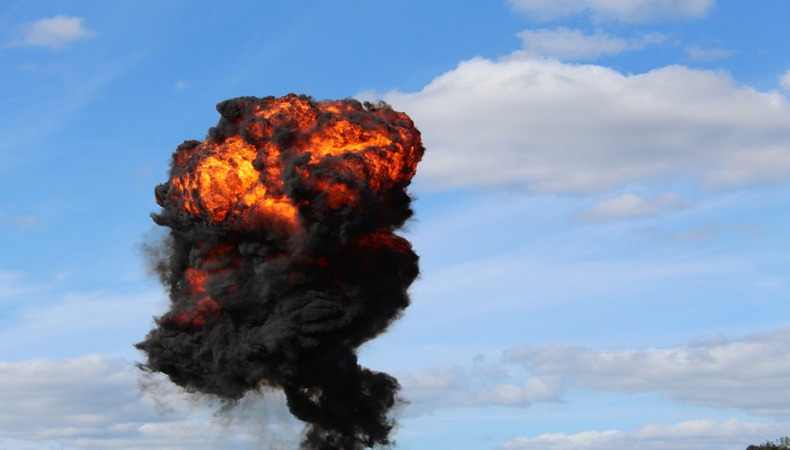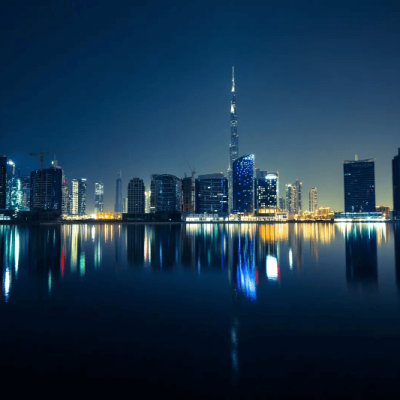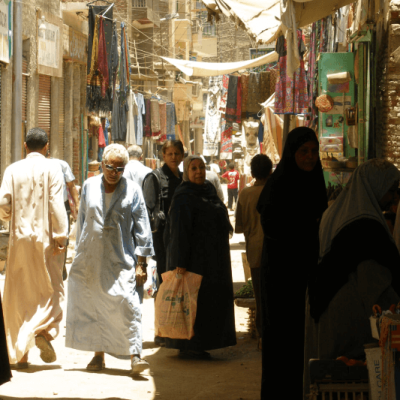Bomb Blast in Southern Syria’s Daraa Province Leaves Five Injured, Including Mother and Child

Friday night, a bomb blast rocked the southern Syrian province of Daraa, causing injuries to five people—including a kid and a mother. Local officials characterized the event as a possible terrorist strike targeted at citizens. The incident happened close to the Panorama roundabout, a regularly used northern entrance to Daraa city, where unrest has persisted despite many attempts by the Syrian government to bring peace back into the area.
The Event: Disorder at the Panorama Roundabout
Eyewitnesses claim that the explosion happened immediately after sundown, at a period when the roundabout was crowded with both cars and people. Believed to have been set earlier in the day, the improvised device exploded unexpectedly, flinging trash in all directions. First accounts from the scene revealed chaotic events as people ran in panic, injured victims laying on the ground waiting for medical help. Arriving quickly to guard the scene and get the wounded to the closest hospital, local police and emergency responders
Among the five people hurt, one was a little child and another was a thirty-something lady. Though their exact illnesses remain unknown, all were treated at nearby hospitals. Authorities are still determining the degree of the damage the explosion produced, which also resulted in damaged multiple automobiles and broken windows in surrounding buildings.
Daraa: A Turmoil-Riven Region
Often referred to as the starting point of Syria’s civil war, the province of Daraa is still a turbulent one. Even although the Syrian government formally took over the territory in 2018, violent events still afflict the area. From the start of the war in 2011, Daraa has seen both armed warfare and anti-government demonstrations. Operating in the region, militants—including remnants of rebel factions and extreme groups—stage regular attacks and deliberate explosions targeting both government forces and citizens equally.
More Violence in spite of Government Efforts
For years, the Syrian government has been trying to provide Daraa stability; nonetheless, this most recent bombing exposes the precarious situation of security in the region. Although the government had already signed peace deals with rebel groups in the area, providing some degree of autonomy, intermittent violence has persisted driven by conflicting interests and long-standing grievances among many factions.
Attacks aiming at public areas, security checkpoints, and government officials have increased in Daraa recently. Such bombings fit a larger trend of instability endangering the fragile peace in the area. Friday’s explosion in a civilian location begs questions about whether terrorists would be concentrating on attacking non-combatants in an effort to cause disturbance of daily life and propagate fear among the population.
Civilians Targeted: An Increasing Issue of Concern
The bomb’s location at the Panorama roundabout, a main local transit center, points to a deliberate effort to maximize civilian losses. One of the busiest sites in Daraa City, the roundabout links numerous important highways heading in and out of the city. Local authorities have voiced worries about this kind of incident starting a fresh wave of violence targeted especially at non-combatants.
Long bearing the most of the bloodshed that has defined Syria’s civil war, Daraa’s citizens are still healing from the damage of infrastructure and houses. Although civilian targeting is not a new occurrence in the fight, Friday’s bombing has heightened worries that these strikes could become more frequent as extremist groups try to establish themselves in the area.
Though suspicion surrounds the few extremist groups still active in southern Syria, as of yet no group has claimed responsibility for the incident. Though many of these groups have been undermined by continuous military operations by the Syrian government and allies, extreme factions including remnants of ISIS and al-Qaeda affiliates have carried out similar attacks in the area in recent years.
Authorities have not yet disclosed any information regarding probable suspects; investigations are still in progress. Local reports, however, suggest that many extremist cells are still active in rural areas of Daraa, usually traveling between Syria and neighboring Jordan, which makes it challenging for security authorities to totally eradicate the terrorism danger.
Government Action and Security Policies
The Syrian government swiftly criticized the incident following the explosion, classing it as an act of terrorism meant to destabilize the area. Reacting with increased patrols across Daraa, security personnel have concentrated on high-traffic areas including the Panorama roundabout. To stop such assaults, roadblocks have been placed at strategic points of access into the city and extra searches are under way in residential areas.
With an eye toward eradicating any last terrorist cells, Syrian officials have also promised to intensify their intelligence operations in Daraa The public is nonetheless on alert, afraid of more bloodshed notwithstanding these guarantees. The slow speed of rehabilitation and the government’s incapacity to completely control the area following years of conflict have infuriated many of the people.
An Extended Road towards Harmony
The state of Daraa still reflects Syria’s larger challenges with post-war stability. Although most of the nation has been recovered under government control, pockets of opposition still exist, especially in places like Daraa where complaints run strong. Economic difficulty, political unrest, and the existence of extremist groups taken together still drive unhappiness and bloodshed in the area.
Emphasizing the need for inclusive political discussion addressing the issues of local people, international observers have urged fresh efforts to resolve the residual tensions in southern Syria. Attacks like Friday’s explosion continually happen, hence the path to enduring peace in Daraa—and Syria overall—remains unknown.
The bomb strike on Friday in Daraa draws attention to the continuous instability in an area trying to recover from years of conflict. The deliberate targeting of people highlights the threats still there for citizens despite government attempts to bring back lawfulness. The residents of Daraa are left to deal with the anxiety and uncertainty that have defined their life for more than ten years as officials probe the bombing and try to stop other strikes.




